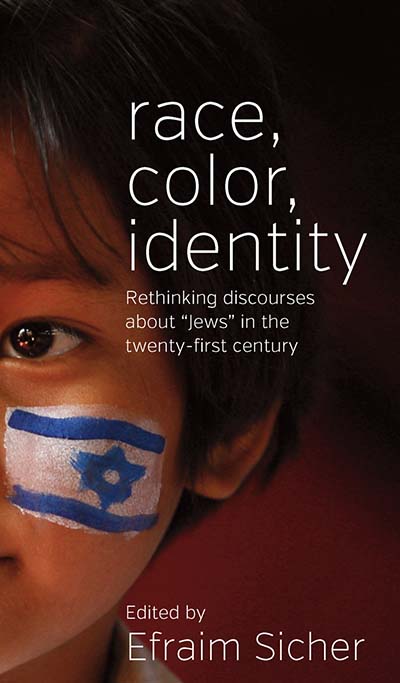Narratives from a Nottingham council estate: a story of white working-class mothers with mixed-race childrenPosted in Articles, Family/Parenting, Media Archive, Social Science, United Kingdom, Women on 2013-07-31 03:03Z by Steven |
Ethnic and Racial Studies
Volume 36, Issue 8 (August 2013)
Special Issue: Mothering Across Racialised Boundaries
pages 1342-1358
DOI: 10.1080/01419870.2013.776698
Lisa McKenzie, Research Fellow, Faculty of Social Sciences
University of Nottingham
This paper introduces a group of white working-class women living on a council estate in the UK drawing on an ethnographic study conducted between 2005 and 2009, examining the impact of class inequality and a stigmatized living space in an ethnically diverse urban neighbourhood. All of the women are mothers and have mixed-race children; they reside on the St Ann’s estate in Nottingham, an inner-city neighbourhood that has been subject to poor housing, poverty and unemployment for many generations. The women who live on this estate say that they suffer from negative stereotypes and stigmatization because of the notoriety of the estate, because they are working class and because they have had sexual relationships with black men. However, there is a sense of connectedness to the estate and there are strong cultural meanings that are heavily influenced by the West Indian community. This paper then highlights the importance of place when focusing upon families, class inequality and intercultural relationships.
Read or purchase the article here.

